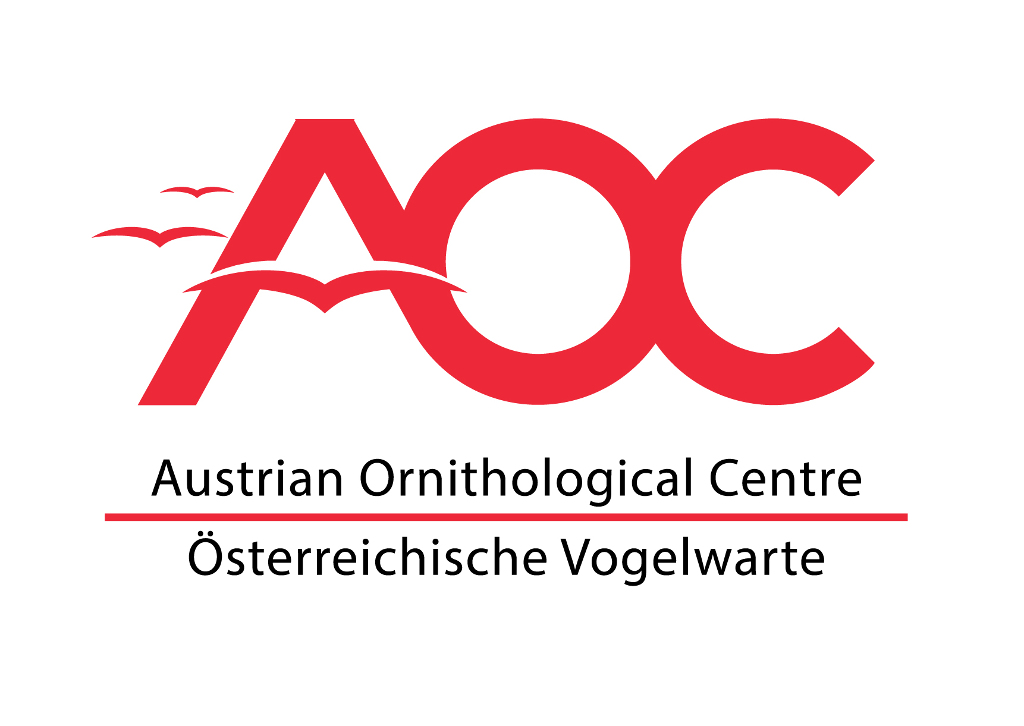
Austria
Bird ringing in Austria started in the early 20th century and was coordinated by the Radolfzell Bird Ringing Centre (Germany) until 2015, when Austria started a ringing centre of its own, the Austrian Ornithological Centre (AOC). In the same year, the AOC became member of EURING. It is based at the Konrad-Lorenz Institute of Ethology, University of Veterinary Medicine in Vienna. The first bird ringed with an official Austrian ring was a blackcap captured in Vienna on April 1st, 2016. Since then, approximately 140,000 birds have been ringed (as of June 2022). The database of recoveries already contains about 11,000 records of birds with Austrian rings or with foreign rings recovered in Austria.
The AOC relies on the work of about 60 trained ringers and countless volunteers at ringing stations. Alongside species-specific projects, the AOC coordinates four nationwide monitoring programmes:
-
Integrated monitogring of breeding songbirds (IMS). This programme is based on the guidelines designed by the German schemes for constant effort monitoring of breeding birds. So far, Austria has 5 sites active in this programme;
-
Monitoring of cavity nesters. This programme has a long tradition in Austria and accounts for a large proportion of ringing totals in the country. It is aimed at ringing nestlings, mostly in artifical nestboxes. About 5 sites are currently active in this programme;
-
Integrated monitoring of wintering birds (IWM). The guidelines for this programme were designed by the AOC to provide a framework for studying populations of wintering birds. Three sites are currently participating to this programme;
-
Monitoring of migratory birds. This programme runs at ringing stations during the migration period, and in Austria, the main focus so far is on autumn migration. The most traditional sites for this programme, that are still active at present, are the Biological Station in Illmitz, the ringing station Hohenau-Ringelsdorf, and the ringing station Hartberg.
Austria is an interesting country especially for mountain species, which are unfortunately still largely understudied in the country, and because it lies within the migratory divide between Southwestern and Southeastern migrants for some species. Recoveries abroad confirmed this pattern.
The AOC would like to thank all the ringers, helpers and ring-readers for countless hours in the field collecting vital data to contribute to the Eurasian-African Migration Atlas and beyond.
Contact the scheme: ring@klivv.at